Women, half of the world population, have been subjected to various kinds of harassment. Traditional society looked at women as a prey, motivator, temptor, therefore, they were secluded, excluded and attached socials stigma. The society has been very harsh towards women particularly widows, who lost their husbands and live with out re-marriage. They have been ill-treated, insulted, molested and considered them as ‘amangalis’ and bad oman. The cruelty to widows has been very severe if they belong to socially and economically well-off. The present study is about the socio-economic status of widows of the Hindu Mudaliar Community of Tamil Nadu, the so called socially and economically advanced community, declared by the Government of Tamil Nadu. Mudaliar is an umbrella name for various sub-castes like Agamudaiar, Tuluva Vellala and Chengunthar Mudali. Though the Mudaliar community spreads all over Tamil Nadu and in other states, they are concentrated in Vellore district of Tamil Nadu. Therefore, Vollore district has been chosen for the present study. The new approach, three generation study, has helped to understand the change in the status of widows over three generations. The classification of Widows into rural urban, has brought out the spatial difference in their socio-economic status. The findings of the study are revealing and exhilarating. The mean age of marriage of the young widows was higher compared to the middle aged and old generations widows. The literacy was found to e higher among young widows compared to middle and old widows were literate and skilled compared to the old widow. Marriage among kinship and with in the community was very common. More than half of the respondents were with our any occupation, as a result, with out any source of income and their dependency ratio was very high. Only those who are literate are able to take decisions. The only benefit received by the widows from the welfare programmes of the Government was the old age pension, which was received by 50 percent of the widows. The pension, which was received by 50 percent of the widows. The stark reality is that the widows were not aware of the various welfare programmes of the Government. The Study has made few recommendations with a view to empower the widows in particular and women in general. Universal education, training in specified trade, extension of information to all the widows and women and women through mass media, women’s associations, schools and post-offices. These measures would relieve the pain of widows, who are mental agony. It would empower the widows, change their attitude social norms as well as transform the attitude of other towards widows.
Socio-Economic Status of Widows
In stock
Free & Quick Delivery Worldwide
reviews
Bibliographic information
Title
Socio-Economic Status of Widows
Author
Edition
1st ed.
Publisher
ISBN
8186771980
Length
xii+239p., Tables; Figures; Notes; Bibliography; 23cm.
Subjects

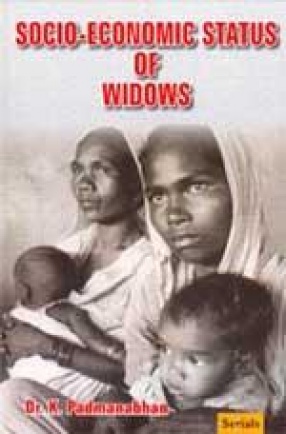
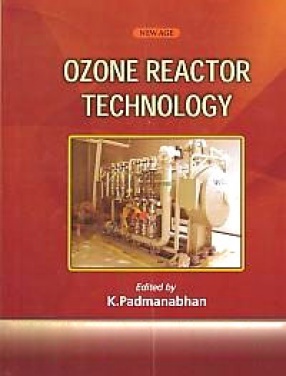
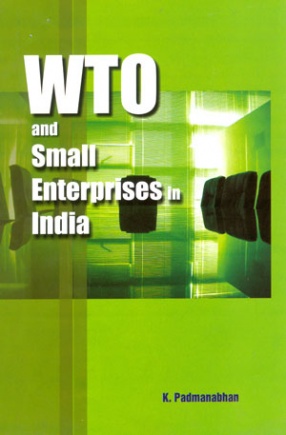

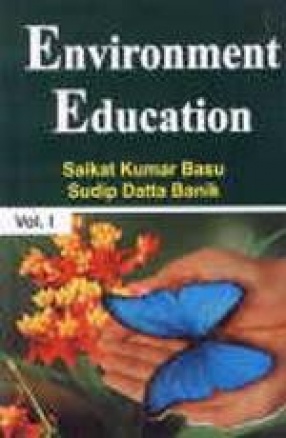

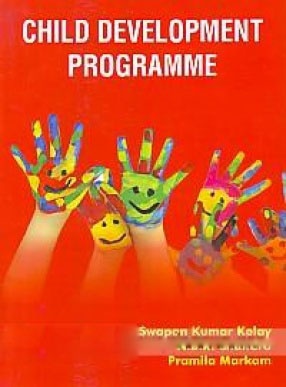
There are no reviews yet.